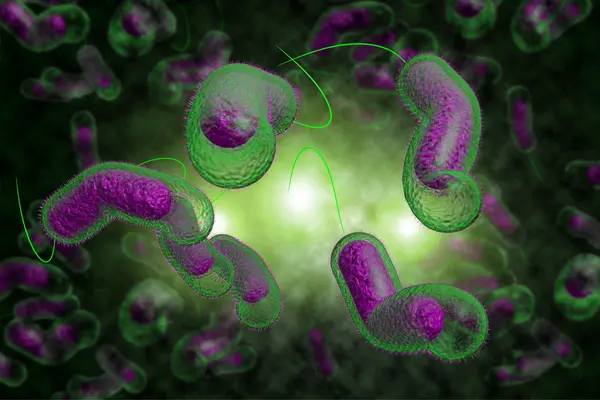Throw away my piece of pizza? No! Not me. If you are fond of pizza like me, you can attest that throwing it away is the last thing you want. But what do you do if you order a fresh pizza only to be caught up in something? Will microwaving that pizza sitting on the table for a while kill the present bacteria? Stay here to learn more.
If you have a microwave oven, please do not throw away your pizza. Heating the pizza in the microwave kills the present bacteria. But make sure you rotate it to allow even heating. Remember, bacteria highly survive in food that is not hot enough. Therefore, ensure your pizza is piping hot, especially frozen pizza, before eating to avoid food poisoning.
How does Microwave Kill Bacteria from food?

Microwaves use electromagnetic radiation to heat the present water molecules in food. Remember, here, what is lethal is the heat and not the microwaves. And microwave heats the outer surface of the food first so that you have to be sure of heating the whole food properly.
Otherwise, bacteria can stay in the frozen part of the food. The more you heat your food, the more you kill the present bacteria in foods. Besides, you have to ensure the heat is distributed evenly. Otherwise, you will have parts with surviving bacteria that, in return, will cause food poisoning once consumed.
To ensure that your pizza cooks evenly, it is advisable to make sure it reaches a temperature of 165 degrees Fahrenheit in the microwave. Even if you have confidence that your pizza is bacteria-free, give it a few minutes to cool. This will prevent you from getting burnt.
Does microwave kill botulism?
Even a tiny taste of food containing the toxin that causes botulism can be deadly. Unluckily, you cannot see, smell, or taste the toxin. If you suspect your food has this toxin, consider throwing it away.
Otherwise, make sure you always use proper canning techniques. For the purpose of protecting yourself from this pathogen, you may want to know if the microwave can kill botulism.
The truth is that a microwave can kill the toxin itself and not its spores. But keep in mind that the toxin can only be destroyed and killed if it is cooked for a few minutes under a high temperature. Under normal sea-level pressure boiling, the spores do not die. This gives them ample opportunity to produce the toxin.
Does reheating pizza kill bacteria?
If you have studied science, you must know that warm and cold temperatures provide an ample environment for bacteria growth. What about a pizza that has been left out overnight? Can reheating it remove the accumulated bacteria and make it safe to eat? Please keep reading to learn about it.
When a pizza is left at room temperature for at least two hours, it is likely to be invaded by bacteria. Luckily, reheating a pizza at a temperature of more than 165 degrees Fahrenheit can help kill the bacteria.
But this might not be enough. Scaring? Yes. Bacteria are likely to leave toxins and bacterial spores that do not die even after exposure to heat.
Before you reheat your pizza, there are several things you must be aware of:
- Reheat your pizza once at the proper temperature. Multiple reheating makes your pizza less delicious.
- Make sure you rotate the pizza when reheating. This will ensure your pizza is heated evenly. Again, the microwave temperature must reach 165 degrees Fahrenheit.
- Allow your pizza to cool before eating.
If you suspect bacteria or mold has started growing on your food, a little can be done about it. Consider discarding the food.
Even though it is disheartening to see yourself throwing away the slices of pizza, it is better than eating it and becoming sick by eating harmful bacteria. Trust me; you can always buy another pizza if need be. But, trying to treat a food-poisoned body does not come up very well.
The above principle also explains why it is wrong to remove your food from the freezer, thaw it and then return it to the freezer. It is easier to prevent bacteria growth. However, it is tough to reverse the change that has already taken place.

